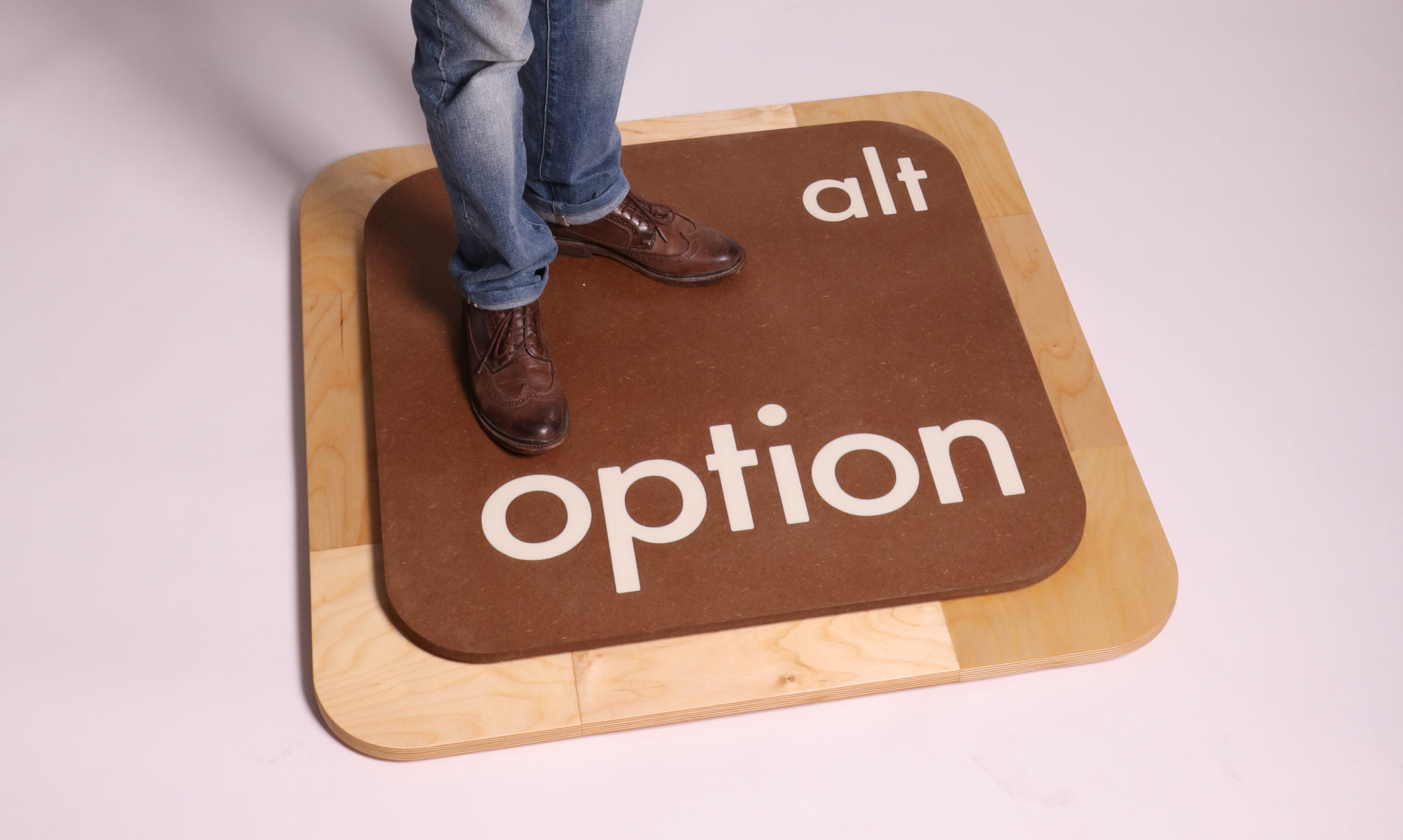- Question Set 1
- What is the difference between a “working” and a “display” prototype?
- – The difference between working and display prototype is working is for playtesters or potential publishers to play. Meanwhile display is when the game pieces are fully finished and only intended for distributors and chain buyers. Both meaning is a prototype that is advance copy of that game.
- What is required of a working prototype, and what might cause one to fail?
- – The working prototype needs to be clear and playable. Many publishers don’t worry about the aesthetic appeal of the game during a prototype. Game maker must update other components of his game if he makes alterations to other aspects of it. Do not send untested playing cards. Sometimes having no illustration or design on the playtest cards is better because it leaves it up to the players imagination when in working prototype. Making sure all the rules makes sense and do not add any extra handwritten notes. Makes it hard to read and ruins the game. The passage discusses that prototype must include everything in order to play the game, not include anything that hasn’t been tested prior, focus on gameplay, and must be legible.
- What makes for a good prototype according to Dale Yu?
- – Dale Yu explains that overall appearance of a game is crucial because if it is clean and well made then it demonstrates that a lot of time has been spent on this project. Making sure that everything is organized and looks put together is very important. Yu talks about having different baggies for game pieces and a card sleeve so your cards are not everywhere. The rules MUST be eligible. You have to put yourself in players shoes when writing the rules so because this is their first time reading the instructions for this game. Makes sure you are adding any extra rules or clarifications just in case the players are struggling to understand.
- What advice from Richard Levy will help you pitch your game?
- – Some advice that Richard Levy said will help with pitching my game is making sure your are prepared. Meaning, do your homework on the company you are pitching to, and understand the market. In your pitch, you are selling you and your game. First impressions are crucial and can mean everything if you can get the buyer to like you. Switch your mindset on rejection. Many games that have been rejected, have been reworked and became a successful game. Have a healthy ego, this can kill your chances of your game working. Sometimes ego can be the reason your game got rejected. Sell your game when buyers are interested, if they don’t seem to care and not attentive then it’s not going to work more than likely. Submit your prototype to multiple companies.
- Where might you pitch your game?-
- I might pitch my game to new game companies but as I become more well know I want to aim to pitch to Cardinal Games, Mattel, Hasbro, Magnetic Poetry, INC. etc.
- What do publishers look for in a game?
- – Publishers look for game makers that truly care about their work and want to be professional. You must prove that you are willing to follow instructions, and meet deadlines. They look for your proposal to be neat and organized which means there is no inaccurate information or errors before they throw it into the mail to be looked at. They look for the player interactions, least amount of set up time, cool theme, seeing strategies happen, immersive, solid mechanics and rules, compatiable with other products, good target market, and a really well done title name.
- What makes a good set of Rules?
- – What makes a good set of rules is having a overview, components or materials of the game, setup, gameplay or what the player does on their turn, card types, winning/losing, examples of how to play, and credits.
- Question Set 2
- Describe the best game you’ve made this semester in 200 words? Follow Michelle Nephew’s advice.
- – The best game I have made this semester is the Alleyway Pharmacy because I think it could be a really fun and interesting game after some minor tweaks and revisions. The nephew discussed the production of a game and who the game maker collaborates with to ensure that there are no errors or flaws in the game. Moreover, there would be an artist who would come in and create the design layout for the game, determining what would best fit it. I think my game cards in the Alleyway Pharmacy are not just a still of something, but make the player really look at the cards. Many of the cards are double entendres, and an obvious symbolization of that category is. Furthermore, I think some changes that could happen based off of Nephew’s advice is that the design piece must be interactive and understandable. I think my game can be reworked and create a warning advisory at the beginning of the rules saying what the game is and the age range its intended for. I think that would clear up anything the player may see on the cards and be aware that it is for adults. Lastly, Michelle talks about the sketches and print of the cards must be eligible and comprehensible. I think the Alleyway Pharmacy completes that, and my cards are the standard card size for games.
